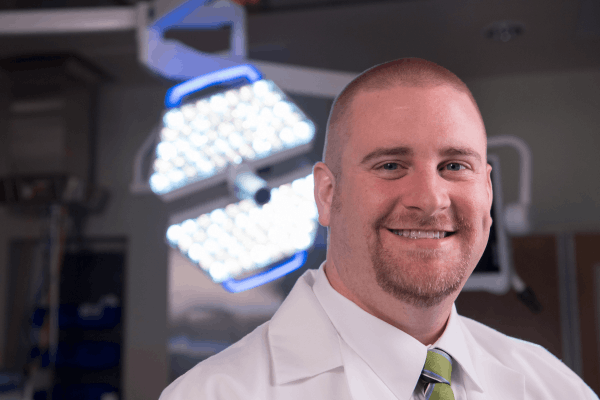Back Braces for Scoliosis
Related to departments: Spine Center
About 20% of children with scoliosis need to wear a back brace, which acts as a holding device to keep the spine from developing more of a curve. A brace won’t make the spine straight, but it may prevent the curve from increasing. There are many different types of back braces, which are typically made of lightweight materials. Some braces are made to be worn 18-20 hours a day, while others are worn only at night.
The type of brace that the orthopedic surgeon chooses depends on the child, the location of the curve, and the severity of the curve. The most common type is a TLSO (thoracic-lumbar-sacral-orthosis) brace. This is a low-profile brace, meaning it comes up under the arms and is worn under the clothes.
TLSO braces include:
- The Boston Brace. This brace is constructed of custom-fit lightweight plastic and can be worn under clothes, so it isn’t visible. It’s designed to be worn as much as possible, at least 18-20 hours per day.
- The nighttime bending brace. Also low profile, the nighttime bending brace bends the spine in an effort to straighten the curve as much as possible to prevent it from getting any worse. The brace is designed to only be worn while lying down and sleeping.
Sometimes, even with a brace, surgery becomes necessary to correct the curvature of the spine. Overall, braces prevent surgery about 60-70% of the time. Many studies have clearly shown that braces are most effective when worn the recommended amount of time.


















